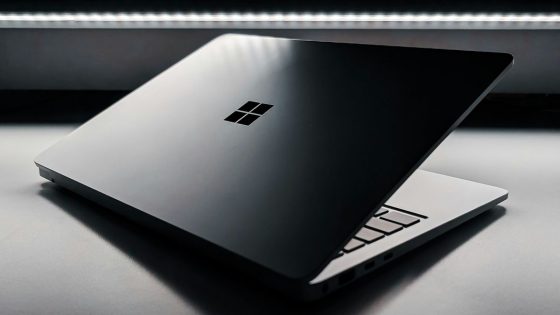Windows 10 users have a new deadline to contend with — January 15, 2025.
Millions of PCs running Windows 10, the most popular desktop operating system on the planet, are already counting down the days until October 14, 2025 when Microsoft will cut off support for the software. Those who don’t update to its successor, Windows 11, or pay a monthly subscription fee to Microsoft, will be left without vital security patches, bug fixes, and new features — leaving their PCs vulnerable to cyberattacks.
Microsoft Teams is one of the most popular applications for businesses, offering instant messaging between colleagues, video calls, calendar appointments, and more
MICROSOFT PRESS OFFICE
For the 240 million PCs unable to upgrade to Windows 11 free of charge, the end of support for Windows 10 could mean condemning your machine to landfill. And now, there’s a new deadline on the horizon.
From January 15 onwards, older versions of Windows 10 will be blocked from accessing Microsoft Teams — a crucial communication tool for businesses and individuals.
If you own a laptop, two-in-one tablet, or desktop PC powered by an unsupported version of Windows, Microsoft will start to send in-app notifications urging you to upgrade your device. Starting October 15, Microsoft Teams will show a banner with a prompt to update from an unsupported operating system.
Microsoft explains: “The Teams desktop client needs to be under a supported OS version. This is to ensure that users have the latest updates, capabilities, performance enhancements, security features, and service compatibility. A version that is too far out of date will become incompatible with the service and the Desktop client will be blocked until the OS is updated.”
The block will impact anyone running Windows 10 versions older than 21H2, which first started to roll-out to PC owners worldwide on November 16, 2021. The cut-off for Microsoft Team will also impact a slew of operating systems, including macOS 11 on November 15 and on macOS 12 on March 15, 2025.
Microsoft will end support for Windows 10 on October 14, 2025. For the first time, the Redmond-based company will offer anyone the chance to continue to receive critical security patches for an extra three years — at a cost.
Known as Extended Security Updates (ESU), this subscription unlocks up to three years of additional support for ageing operating systems, extending the lifecycle of Windows 10 until the end of 2028.
ESU was previously reserved for businesses to offer 36 months of additional time to update their entire fleet of PCs and ready proprietary software to work with the latest operating system from Microsoft. Windows 10 marks the first time Microsoft will offer Extended Security Updates to anyone.
Microsoft has published the cost of Windows 10 ESU for enterprise users, with the first year setting you back $61 (£48.19). To incentivise Windows 10 users to upgrade to the next iteration of the desktop operating system, Microsoft will double the cost every year. The full breakdown of costs is as follows:
- Windows 10 ESU — $61 (£48.19) for first year
- Windows 10 ESU — $122 (£96.39) for second year
- Windows 10 ESU — $244 (£192.78) for third and final year
This is not the cost for consumers, with Microsoft promising that pricing for the average Windows 10 user “will be shared at a later date.” However, we’re likely to see the same pricing structure, with costs doubling each year to try to push people to finally switch away from Windows 11.
Windows 10 is used by roughly twice as many people as its successor, Windows 11. Either millions will lose access to vital security updates …or be forced to cough-up for the ESU subscription or need to upgrade to a new operating system in the coming months.
Source Agencies



